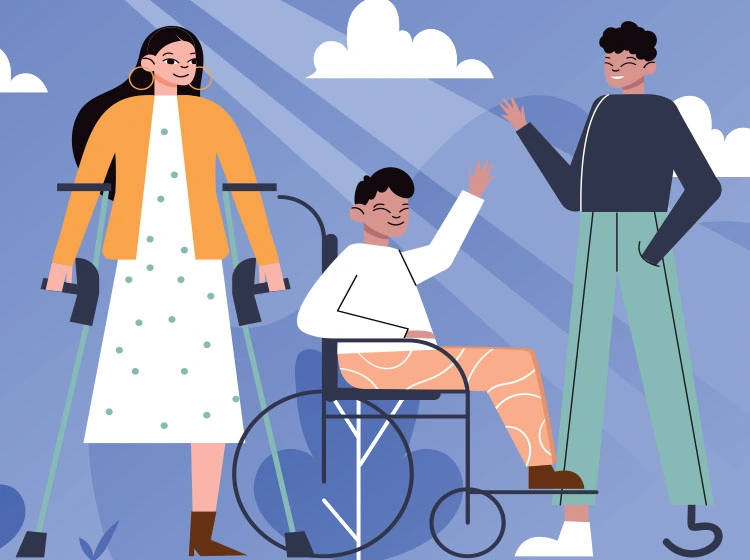Asia, home to over 4.5 billion people, has made significant strides in addressing the needs of individuals with disabilities over the past decades. The journey toward full inclusion remains a complex and evolving challenge, but the progress is encouraging.
People with disabilities in Asia often face multiple barriers, including limited access to infrastructure, education, and employment opportunities, compounded by deep-rooted cultural stigmas and social exclusion. Yet, across the region, there is increasing momentum toward promoting accessibility, raising awareness, and enacting policies that enhance the rights and quality of life for people with disabilities. Japan, India, and South Korea are examples of Asian countries advancing disability inclusion and making significant progress.
Recognizing the Need for Progress
Cultural stereotypes and biases, such as the belief that disability is a result of past life sins, are significant factors in the marginalization of people with disabilities in Asian countries. In some societies, there remains a social stigma or lack of understanding surrounding disability. People with disabilities often face discrimination, limited opportunities, or even isolation due to entrenched cultural norms and misconceptions about their abilities. They have high levels of unemployment or underemployment due to discrimination, lack of appropriate accommodations, or inadequate training and education opportunities tailored to their needs. In Asia and the Pacific, there are an estimated 370 million people with disabilities, and their unemployment rate is double that of the general population. In some countries, it is as high as 80%.
Login Here

